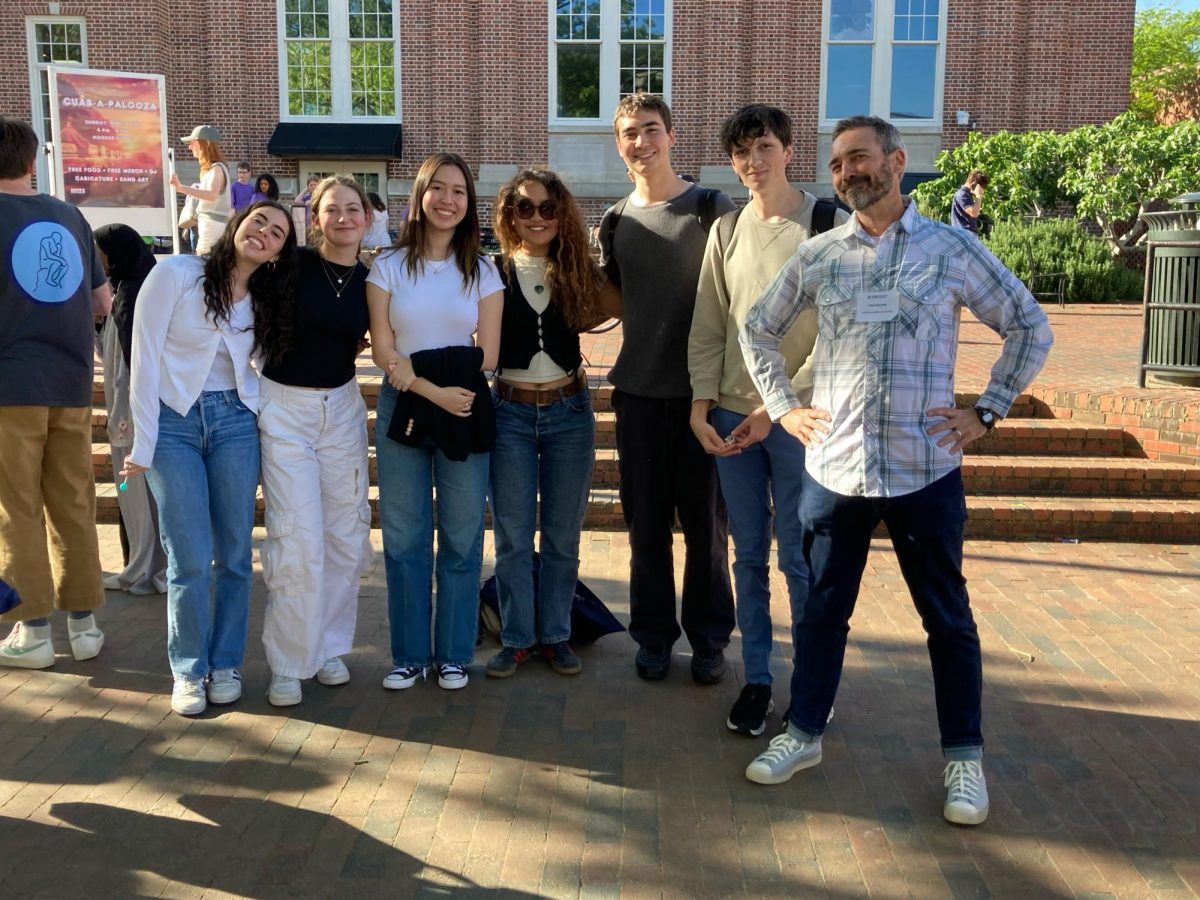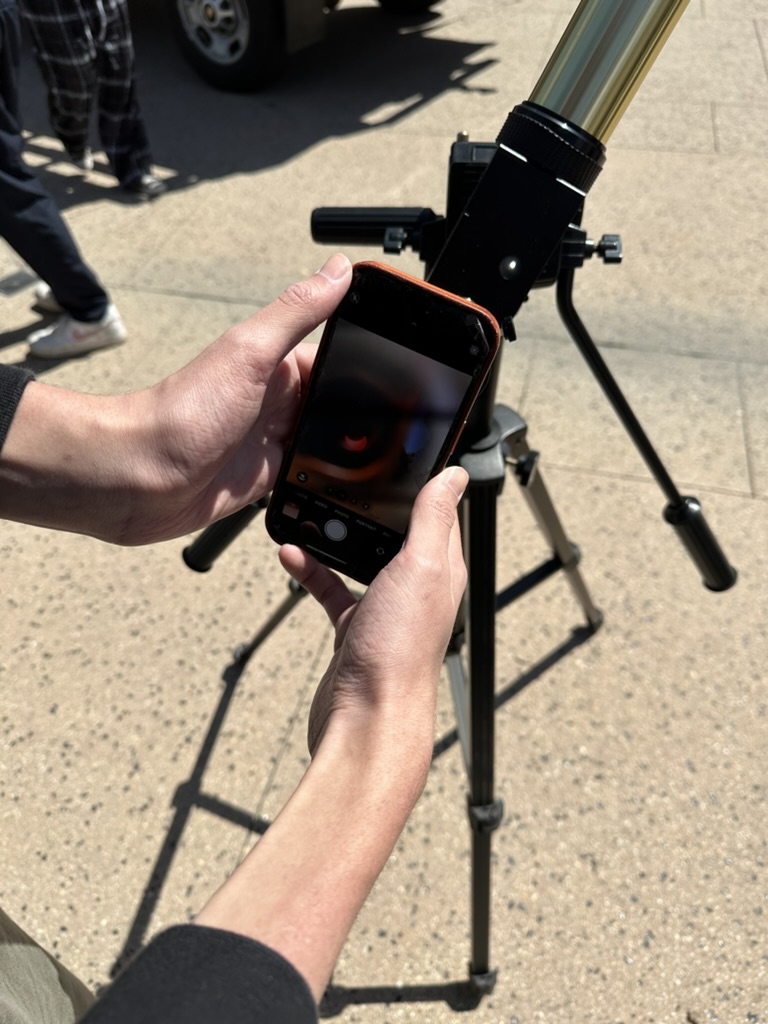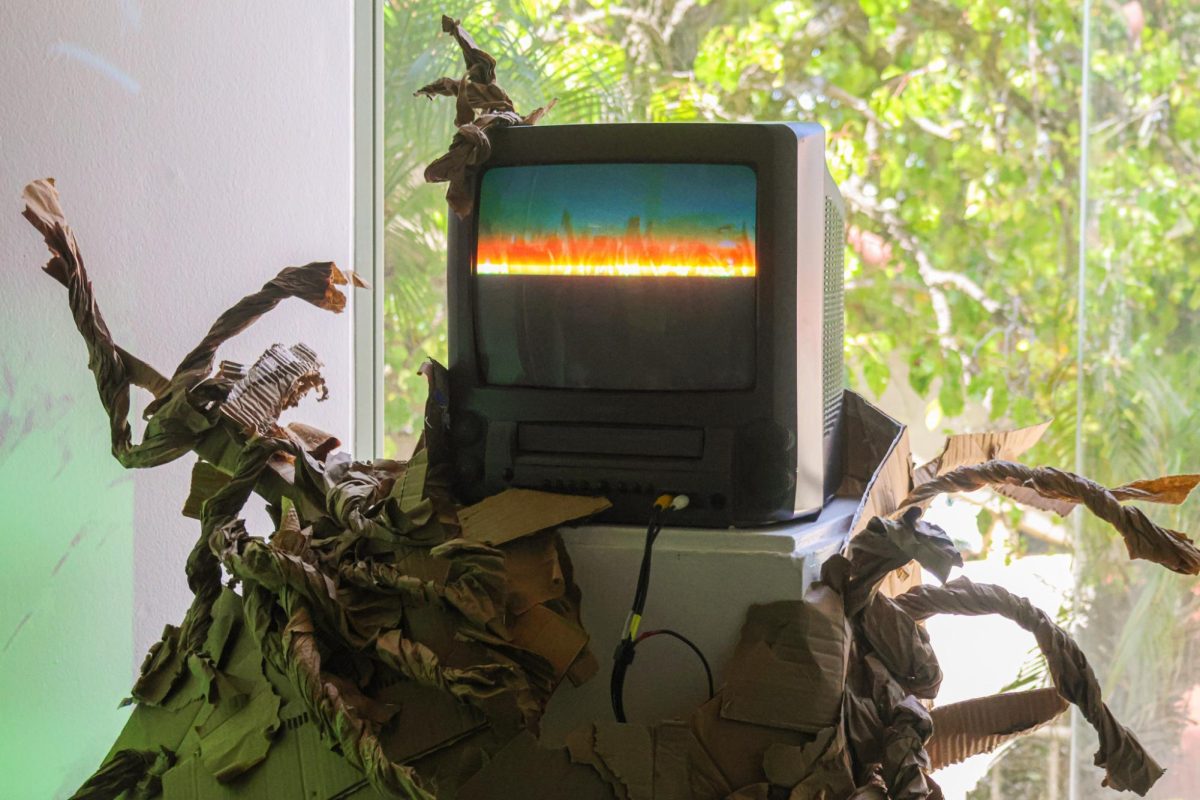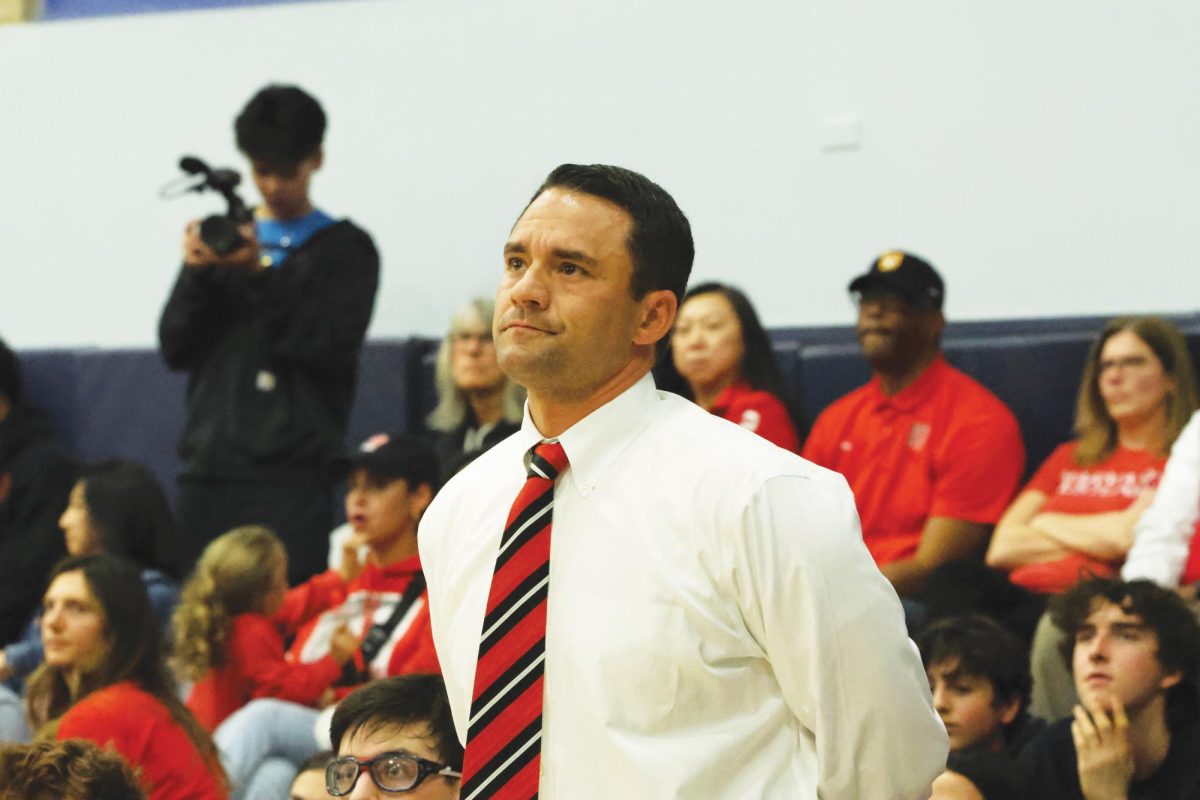By Cody Schott
Sports and exercise are crucial to oneâs well being. English teacher Dr. Lisa Rado, math teacher Jeffrey Snapp and Coco Weaver â09 realized the ultimate risk of sports and exercise: injury. Each oneâs path to rehabilitation crossed through physical therapy, a process that proved to be quite bittersweet.
Rado was struck down with injury before reaching middle school. At 11, Rado took part in recessâs favorite past time, a kickball game. She left the game with a torn patellar tendon in her right knee as a souvenir. She was sidelined for three weeks with a cast, but opted not to have invasive surgery. In the Spring of 2007, this decision caught up to her: Rado awoke one morning, but couldnât get out of bed.
“My knee just finally gave out,” Rado said. “The MRI showed a mess.”
Rado realized that it was time to be proactive about her knee. She consulted school trainer Milo Sini about a surgeon for reconstructive and arthroscopic knee surgery. In 2008, she had surgery on her left knee to repair the damage caused to it by her dependence on her left leg.
Rado began her physical therapy in May 2007 and continued until September 2008 with physical therapist Rocky Mettam of JMP Physical Therapy in Sherman Oaks. During that span, she had sessions twice a week. Her exercise routine consisted of “table exercises,” sets of exercises that are done in a sitting position on a table. She found leg lifts the most painful, and more than once did she mutter curse words under her breath when she underwent the “Grastin Method,” a way to stimulate the tissues in her knee, she said.
The sessions proved to be more than just the exercises; she developed a friendship with him as well. She talk ed to her physical therapist about football and college. When frustration settled in because her recovery was taking longer than expected, it was Mettam was there to motivate her to continue with her therapy. Eventually, all her effort yielded results.
“PT was crucial to my recovery,” Rado said. “At one point, my surgeon described my right knee as being a “20” on a scale of one to 10, where 10 is the worst, and unfortunately as much as he was able to do, I will never have “normal” knees. So I have to keep exercising if I want to minimize the pain and discomfort. Iâll never be running marathons, but I am able to do all my regular activities, which is a relief.”
A weight lifting accident victimized Snapp in 2005 while he was doing flat bench press.
“It was too heavy and I twisted my body to push it up, pinching and tearing something in the process,” Snapp explained.
After shoulder surgery on his rotator cuff in March of 2008, Snapp began physical therapy, also with Mettam, Radoâs Physical Therapist. The process for Snapp lasted considerably less time than Rado; he only went twice a week for six months. His regimen was aimed at regaining strength and a greater range of motion in his shoulder. The exercises to reach this goal proved to be painful.
“All the exercises were painful, some more than others,” Snapp said. “After surgery, not to mention after a couple years living with increasing pain, some simple movements, like raising my arm above my head or behind my back, as if putting on a belt, were difficult or impossible for several months.”
When his physical therapist manipulated his arm into movements and positions he shouldâve been able to do, Snapp would let out a tear or scream – the pain was too much. Despite the pain, Snappâs recovery was aided by physical therapy.
“I stopped PT in October and I saw my surgeon for the last time in December,” he said. “I still have some pain with specific movements, but Iâm 95 percent back to normal.”
Weaver suffered one of the most dreaded sports injuries during a girlsâ soccer game: a torn anterior cruciate ligament, which is in the knee. The injury is just as sure a way to end oneâs season in professional sports as it is for a high school soccer player. She suffered the injury early in the season, and was sidelined for the remainder of her senior season, a year that saw the girlsâ soccer team reach the CIF finals and the state playoffs.
Immediately following surgery to repair the damage, Weaver began physical therapy.
“I did exercises to regain extension and flexion in my leg, since a lot of flexibility is lost after surgery,” Weaver said.
Like Snapp and Rado, Weaver also saw Mettam for awhile, but she is now rehabilitating with Holly Silvers. At the beginning of physical therapy, these exercises proved to be the most painful exercises for Weaver, but as time dragged on and Weaver lost her limp, they became easier and easier. She did other exercises as well to regain full mobility in her knee, she said.
“I worked with my physical therapist to strengthen muscles which support my knee, specifically the VMO, hamstrings and quads,” she said. “In addition to these exercises, I spent at least 20 minutes a day on a stationary bike. Eventually I was able to do running and jumping exercises to help regain my full mobility.”
Although Weaver found the pain to be unbearable at times, it was her frustration with the speed of her recovery that led to tears.
“It is discouraging to get injured, and even harder when you make a timeline for yourself and donât meet all your set expectations,” she said. “What upset me the most was that I wasnât healing faster, and that I wasnât out on the field playing soccer with my teammates.”
The typical physical therapy session for Weaver begins with her therapist asking about any pain and discomfort Weaver is feeling and where. After Weaver answers, her “miracle worker,” as Weaver calls her therapist, goes to work on the afflicted region.
“If my kneecap is clicking when I bend my leg, she will loosen my IT band and mobilize my kneecap, loosening the scar tissue underneath it and eliminating the clicking sensation,” Weaver said.
Despite some soreness after her appointments, Weaver can take solace in the fact that she is recovering.
“I sometimes feel sore, but typically a lot better than before my appointment,” she said.





































